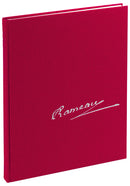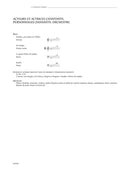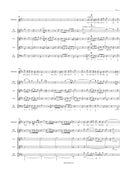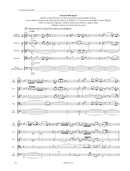| 作曲者 | Jean-Philippe Rameau (1683-1764)・ジャン=フィリップ・ラモ― |
| タイトル | La Naissance d'Osiris RCT 48 (Score) |
| サブタイトル | Ballet allégorique in one act |
| 出版社 | Bärenreiter・ベーレンライター |
| シリーズ名 | Jean-Philippe Rameau. Opera Omnia (OOR) IV/24 |
| 楽器編成 | Soloists, Mixed choir, Orchestra |
| 楽器編成(詳細) | Soprano solo, Tenor solo, Bass solo (2), Mixed choir (SATB), Flute, Oboe, Piccolo oboe, Violin, Viola, Bassoon, Basses, Double bass, Basso continuo |
| 品番 | KGA9790006558254 |
| 校訂者 | Shirley Thompson・Graham Sadler |
| 言語 | フランス語・英語 |
| 形状 | XLIX, 118 ページ・33,5 x 26,0 cm・1102 g・布装丁 |
| 出版年 | 2025年第1刷 |
| 出版番号 | BA 8863-01 |
| ISMN | 979-0006558254 |
Originally conceived as a prologue for the ballet “Les Beaux Jours de l'Amour”, the one-act play “La Naissance d'Osiris” was only performed twice, together with revivals of “Pigmalion” and “Les Incas de Pérou” (the second act of the opera-ballet “Les Indes galantes”) in 1754. The occasion was the birth of the Duc de Berry, later Louis XVI. There is no evidence that “La Naissance d'Osiris” was ever revived in the 18th century, probably because it was too closely linked to the occasion of the premiere. However, Rameau reused parts of the music in later works such as “Anacréon”, “Les Paladins” and “Les Boréades”.
For the content, the librettist Louis de Cahusac drew on the myth of the birth of the Egyptian god Osiris, who symbolizes the newborn prince. The approximately one-hour work for four vocal soloists, choir, orchestra and dancers is written predominantly in a pastoral style.
Préface générale・General Preface
Introduction
Livret
La Naissance d'Osiris
Comopléments (première version)
Critical apparatus
Annexes
Facsimilés









